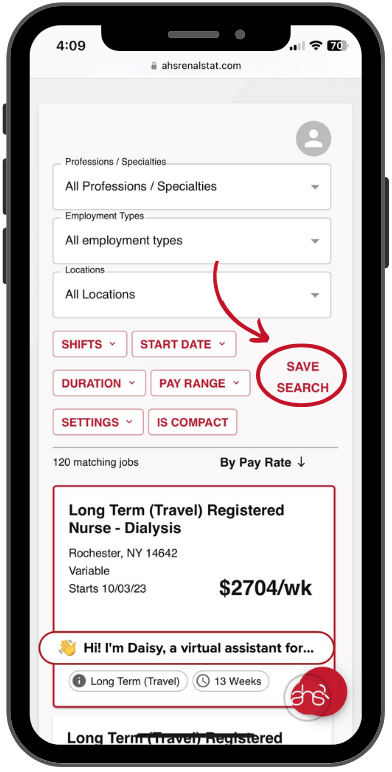Four studies found frequent and longer sessions helped patients
If you’re receiving kidney dialysis, four new studies suggest that you could benefit from longer or more frequent dialysis sessions.
The treatments can be done at home or at a dialysis center, but it appears that more time spent doing dialysis can reduce mortality rates and improve quality of life, according to the research published online and in the March issue of the Journal of the American Society of Nephrology.
“What all of these studies show is that the more time your kidneys are getting cleaned, the better off you are,” said Dr. Robert Provenzano, chairman of the department of nephrology at St. John Providence Health System in Detroit. Provenzano was not involved in the research.
When someone’s kidneys fail, the only options are dialysis or a kidney transplant. Because there aren’t enough donor kidneys to give transplants to everyone who needs one, many people must turn to dialysis. In dialysis, a machine takes over many of the jobs of the kidneys, such as filtering excess fluid and waste. In the United States, almost 400,000 people undergo dialysis every year, according to the U.S. National Institute of Diabetes and Digestive and Kidney Diseases (NIDDK). In 2008, fewer than 18,000 people received a kidney transplant, according to NIDDK.
But, dialysis isn’t perfect. It may not remove enough fluid, and levels of important nutrients can get out of balance for people on dialysis, according to background information in one of the studies. In addition, people on dialysis have to eat a limited diet.
Provenzano said improving dialysis is a big issue, and one of the biggest questions has been whether more dialysis is better. And, he said, “If it’s true that more is better, is it longer individual sessions or more frequent dialysis that’s most beneficial?”
Previous research has suggested that longer dialysis sessions seem to provide a benefit without increasing the risks of complications. One past study found that more frequent dialysis could increase the risk of problems with the dialysis access area.
Here’s what the current studies found:
One study included 1,873 daily home dialysis patients and 9,365 people undergoing in-center hemodialysis three times a week. “In general, we saw a 13 percent reduction in mortality in the home hemodialysis patients,” said study author Eric Weinhandl, an epidemiologist at the Chronic Disease Research Group at the Minneapolis Medical Research Foundation. The survival benefit of daily home dialysis was seen across different groups of people — different sexes, races, weights and more. One area that wasn’t improved with more frequent dialysis was the number of people who died from infections. That rate was slightly higher for the more frequent dialysis group, though Weinhandl said it wasn’t clear why that was the case.
The second study compared standard hemodialysis, which is usually three sessions a week for between 2.5 and 5.5 hours a session, to intensive home hemodialysis for almost five sessions a week for more than seven hours each session. Almost 340 people received home treatment compared to about 1,400 people receiving standard care. People who received intensive dialysis at home were 45 percent less likely to die than patients receiving conventional dialysis over the nearly two-year study period.
In the third study, researchers compared the health of 746 patients who received hemodialysis treatments at a clinic three nights per week for about eight hours each night to 2,062 similar patients who received conventional dialysis care. As with the other studies, the researchers saw a significant benefit from the longer dialysis sessions. During a two-year follow-up period, those on night-time dialysis had a 25 percent reduced risk of dying. The night-time group also had benefits such as lower weight, blood pressure and blood phosphorous levels. (Dialysis patients have difficulty maintaining proper phosphorous levels, putting them at risk of serious complications such as heart disease. Diet and medications help to control these levels.)
The last study reexamined the results of two previous studies. They looked at frequent (six times per week) treatments vs. conventional dialysis. The researchers concluded that more frequent dialysis treatments helped lower patients’ blood phosphorus levels over 12 months. And, more frequent dialysis reduced their need for phosphorus-lowering medications, and might also allow people on dialysis to ease some of their dietary restrictions.
The bottom line, Provenzano said, is to “dialyze the maximum amount of time you possibly can, based on your lifestyle. Get your family actively involved in your care and, if you can, keep working. Quality of life is significantly improved if you keep working. Dialysis is not a reason to stop working or doing activities. Stay active. You’ll feel better.” ~usnews.com~


